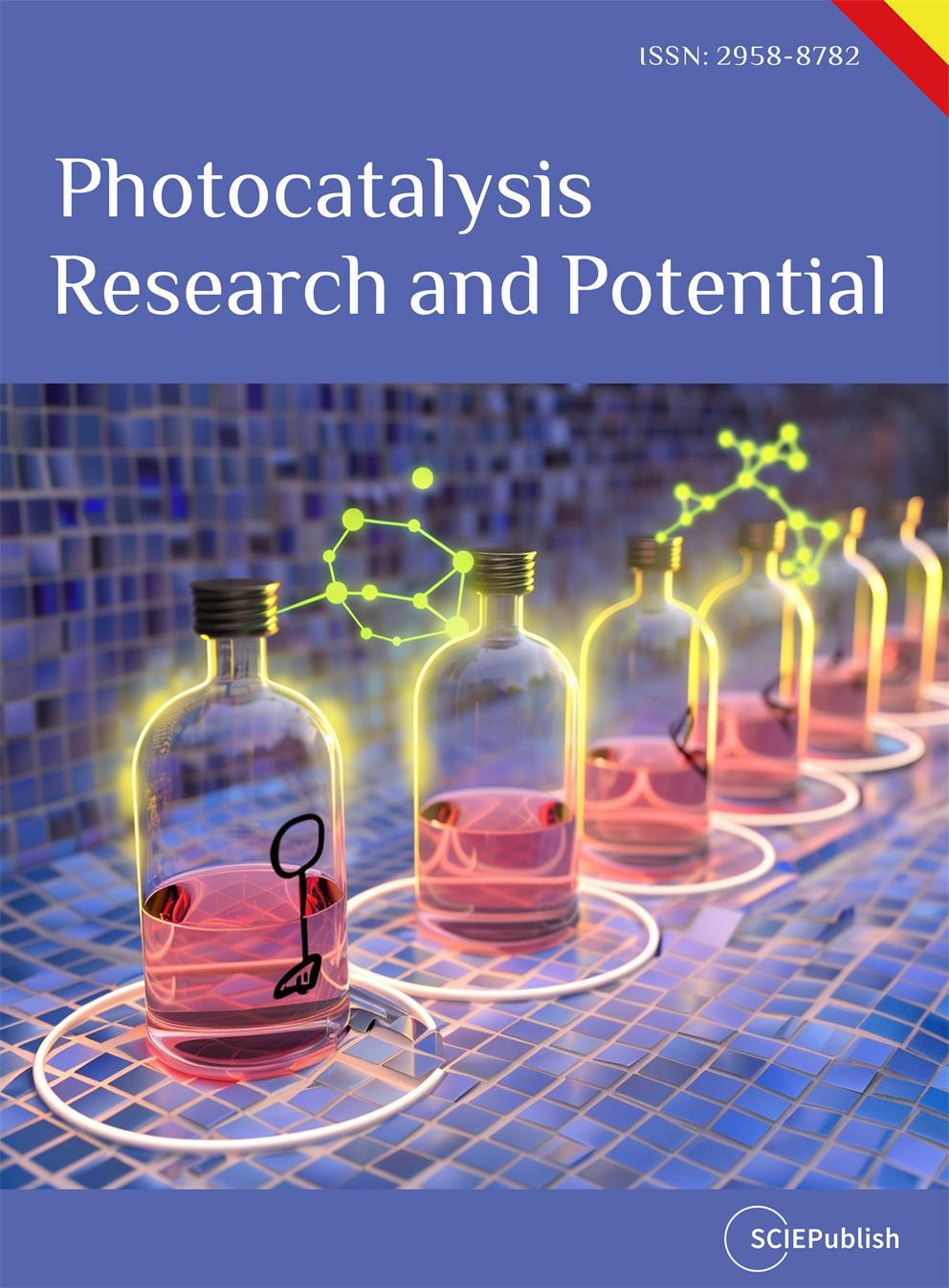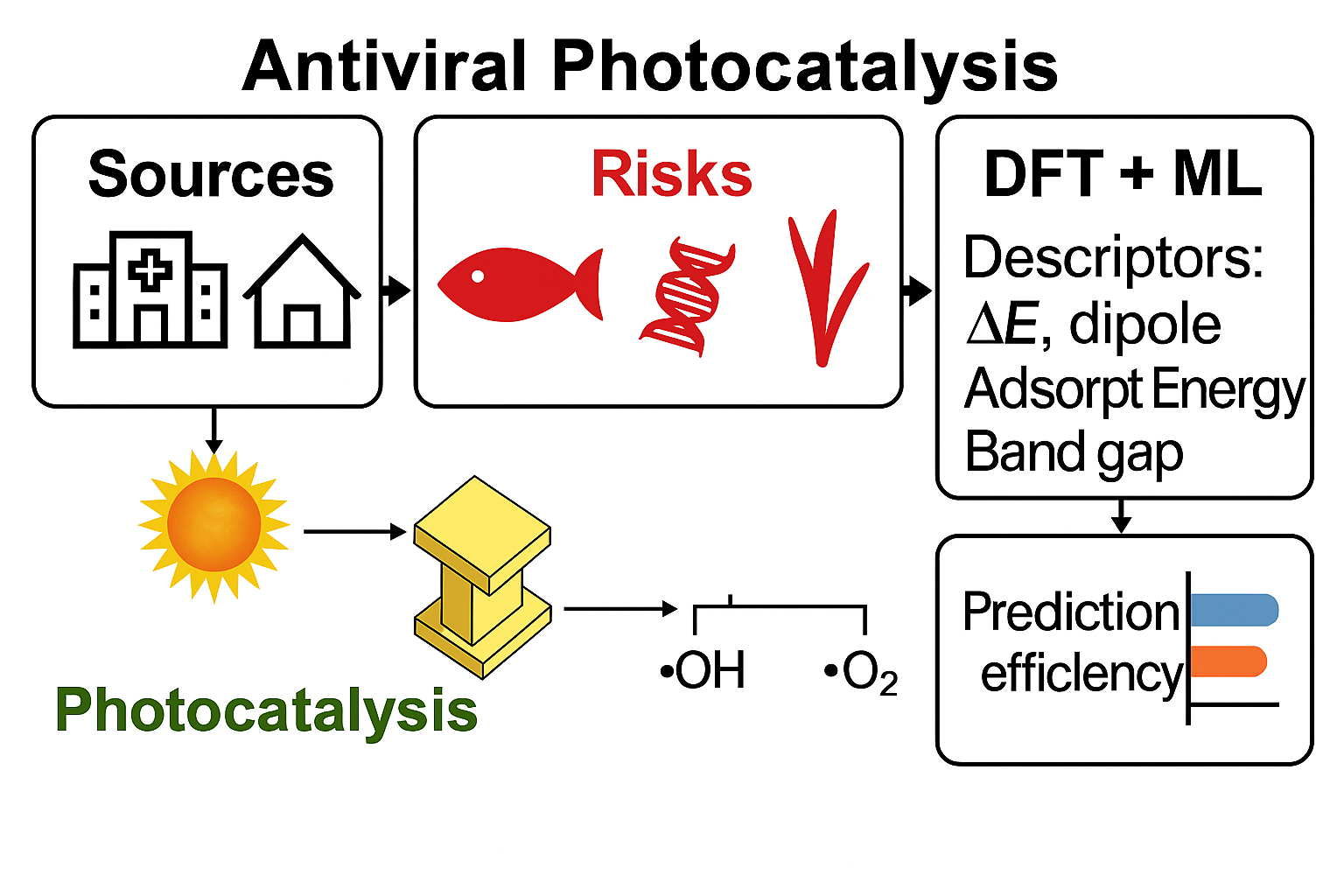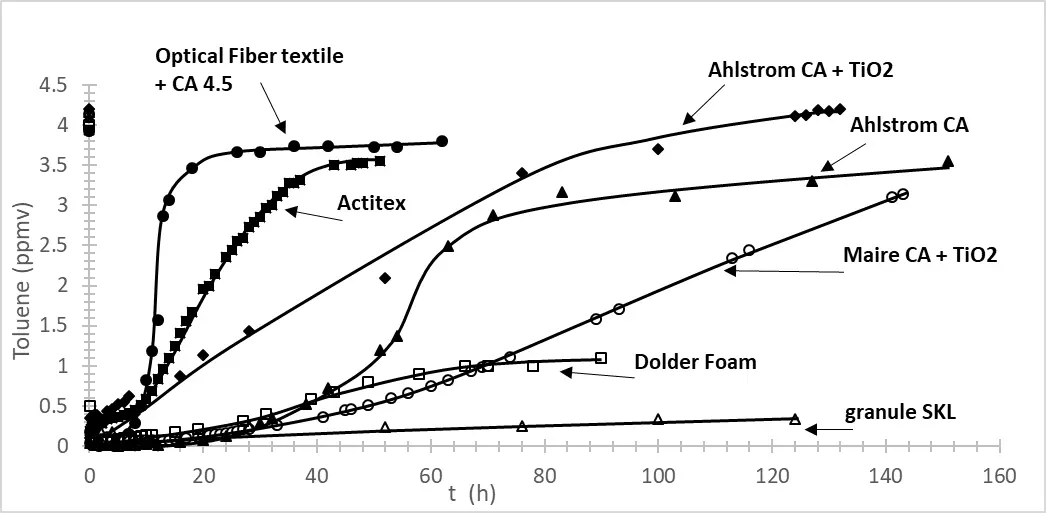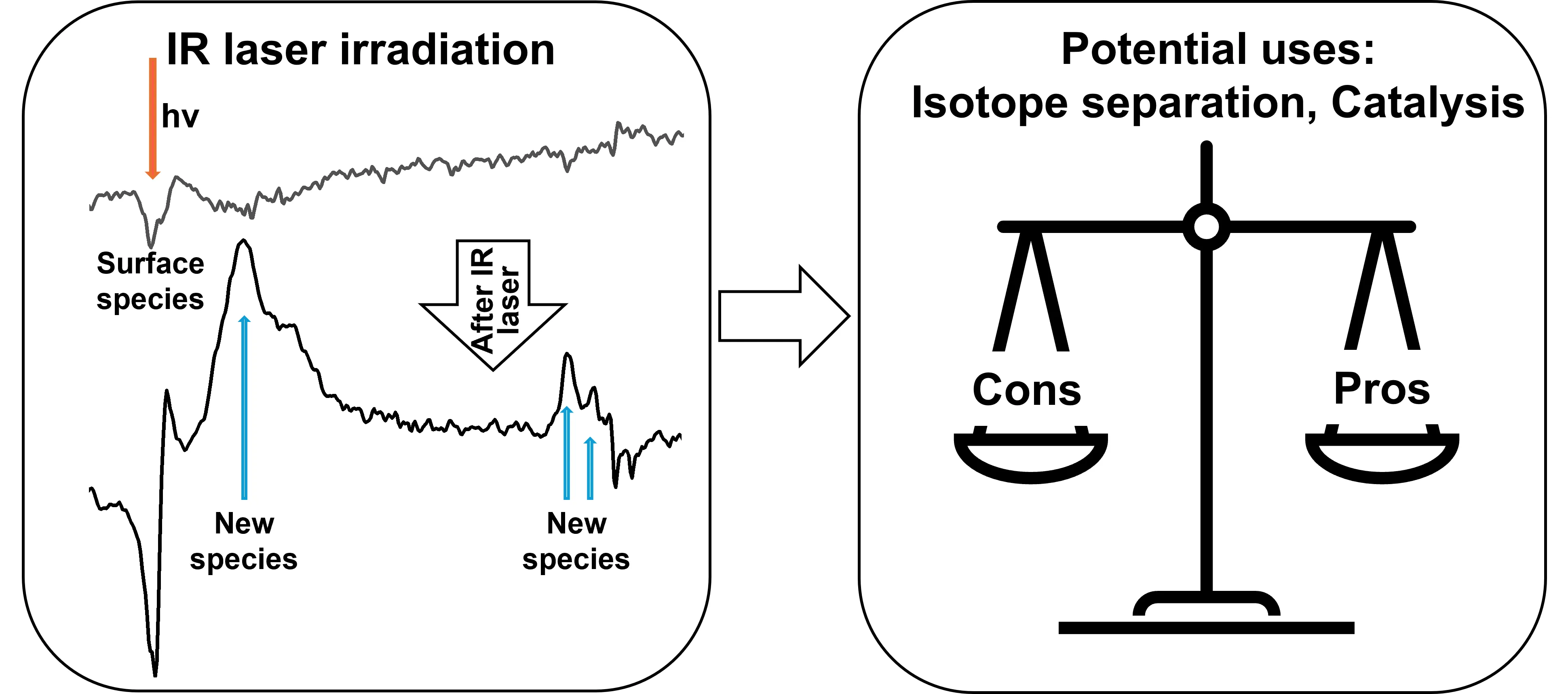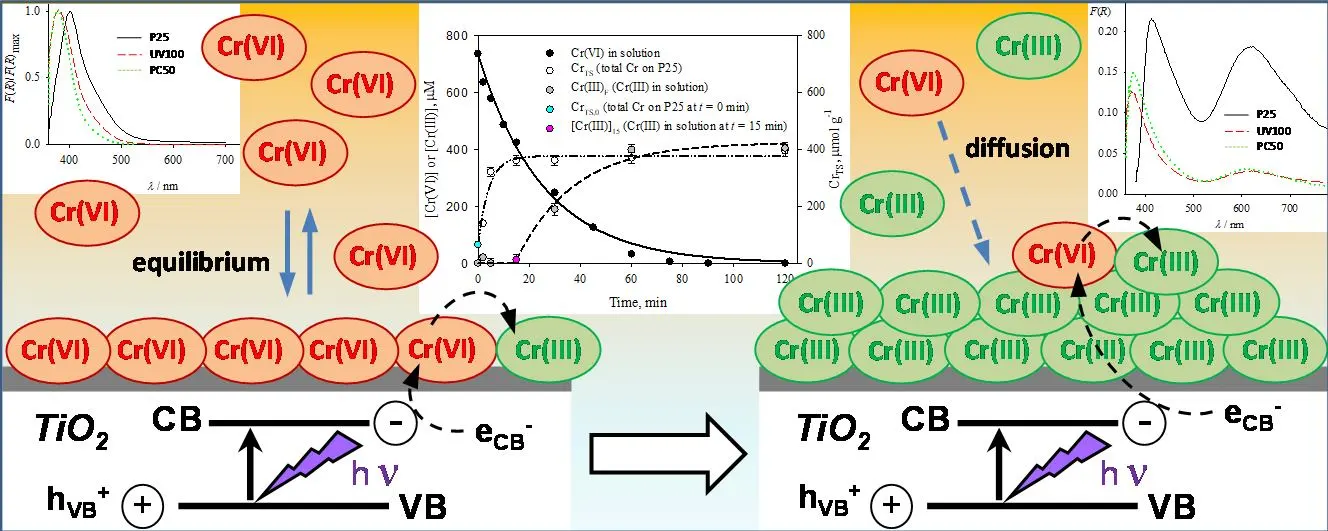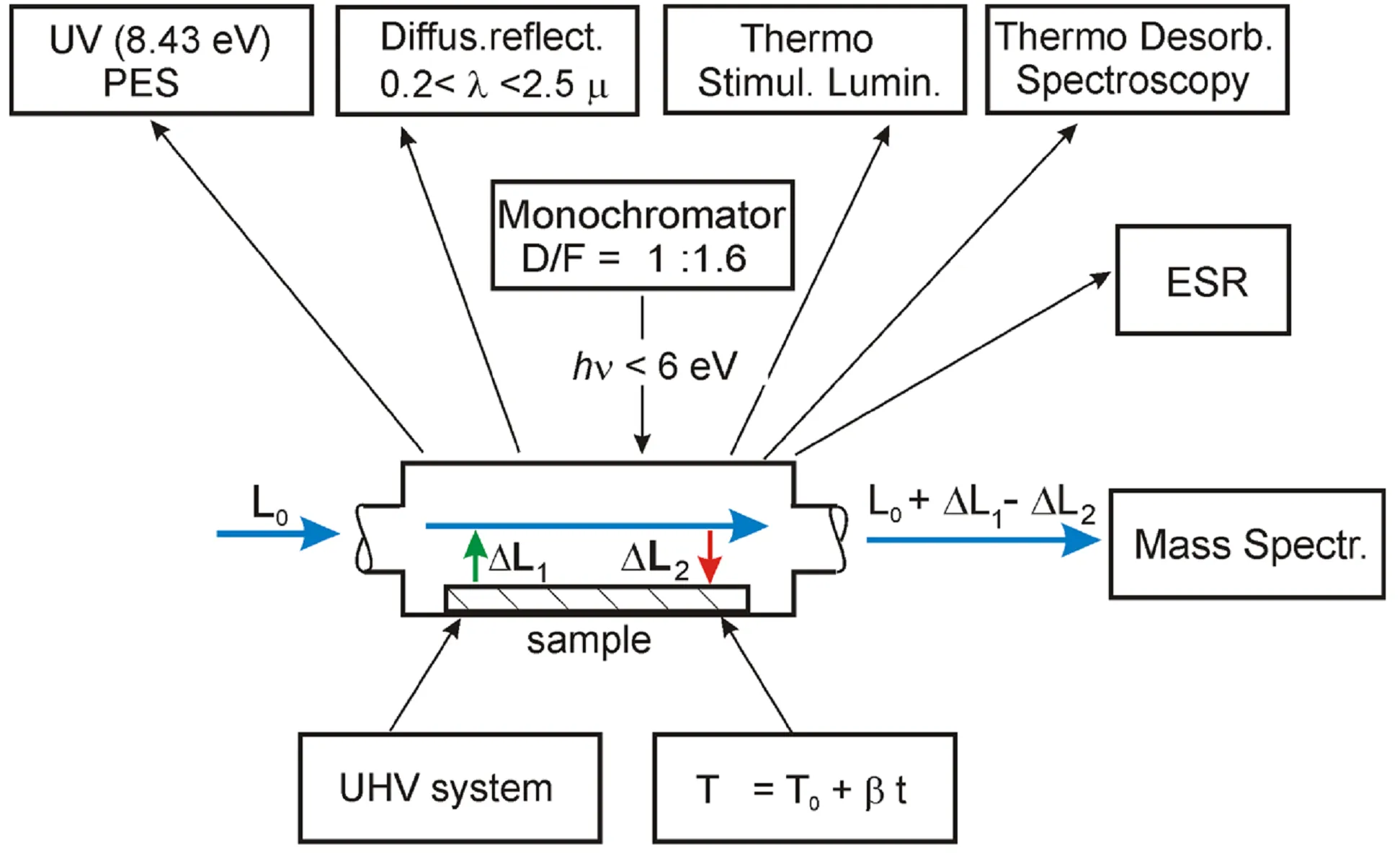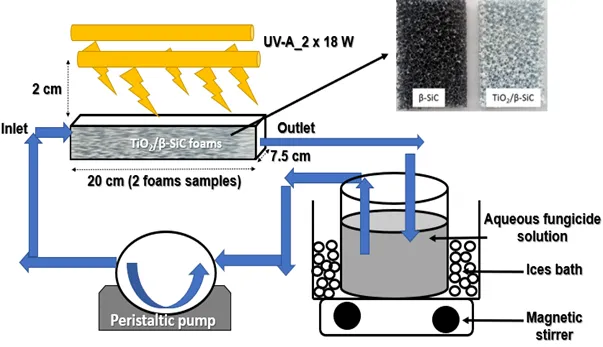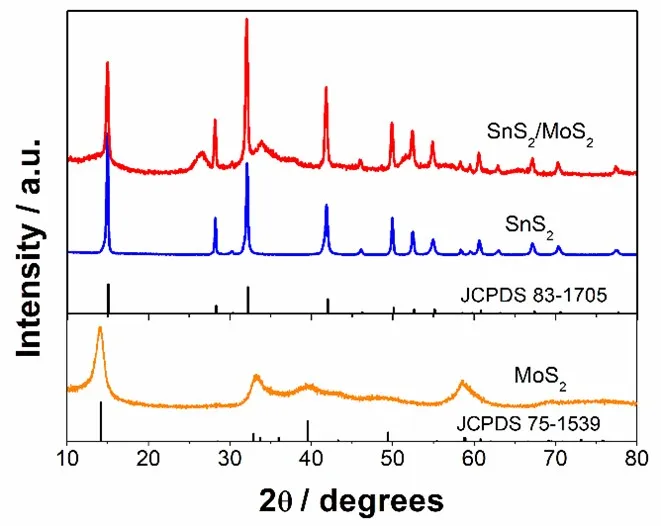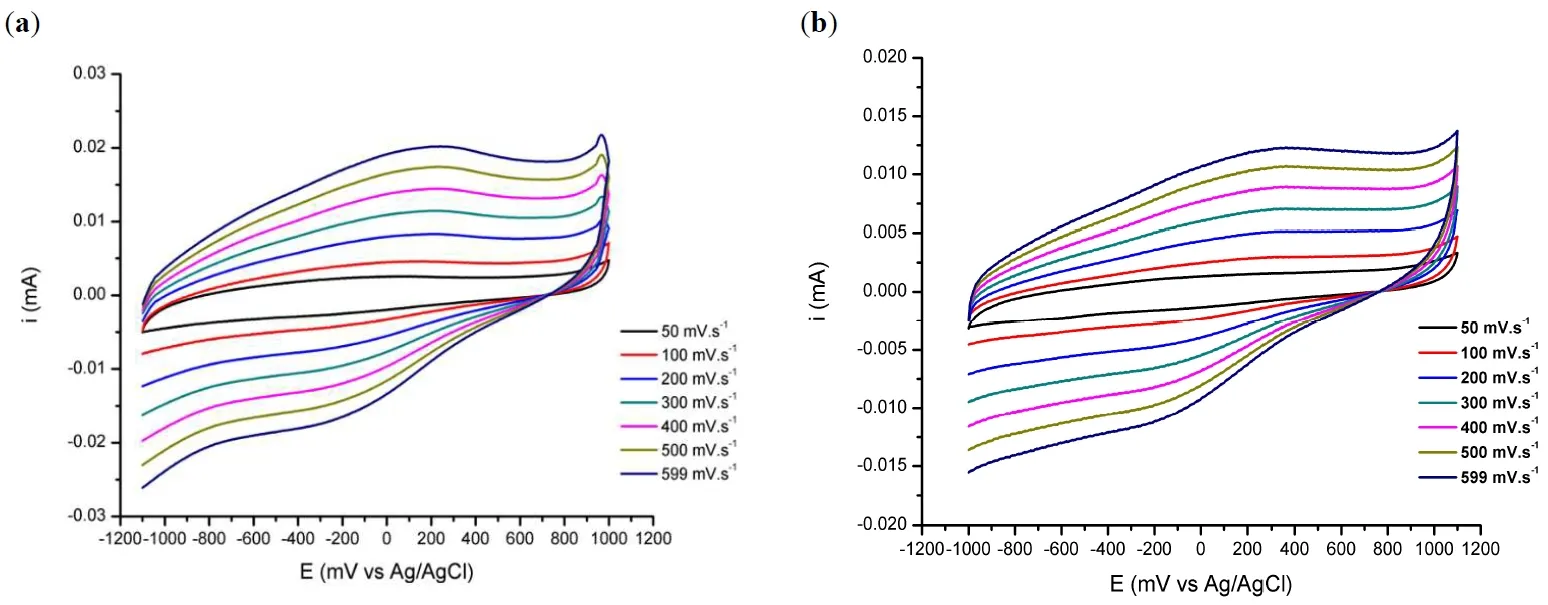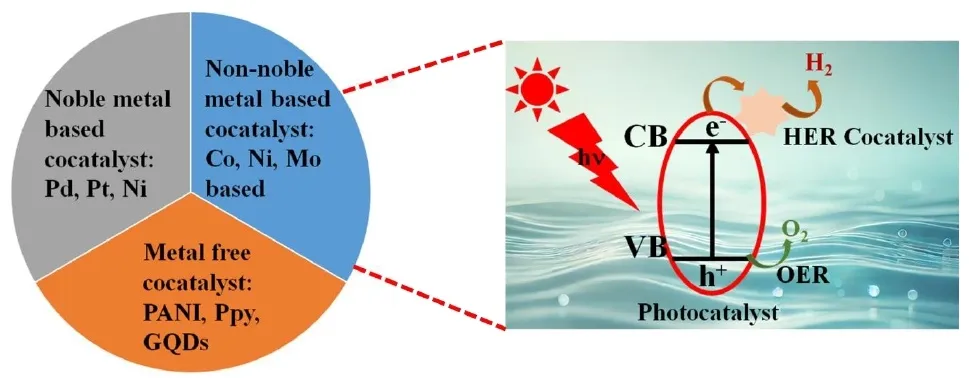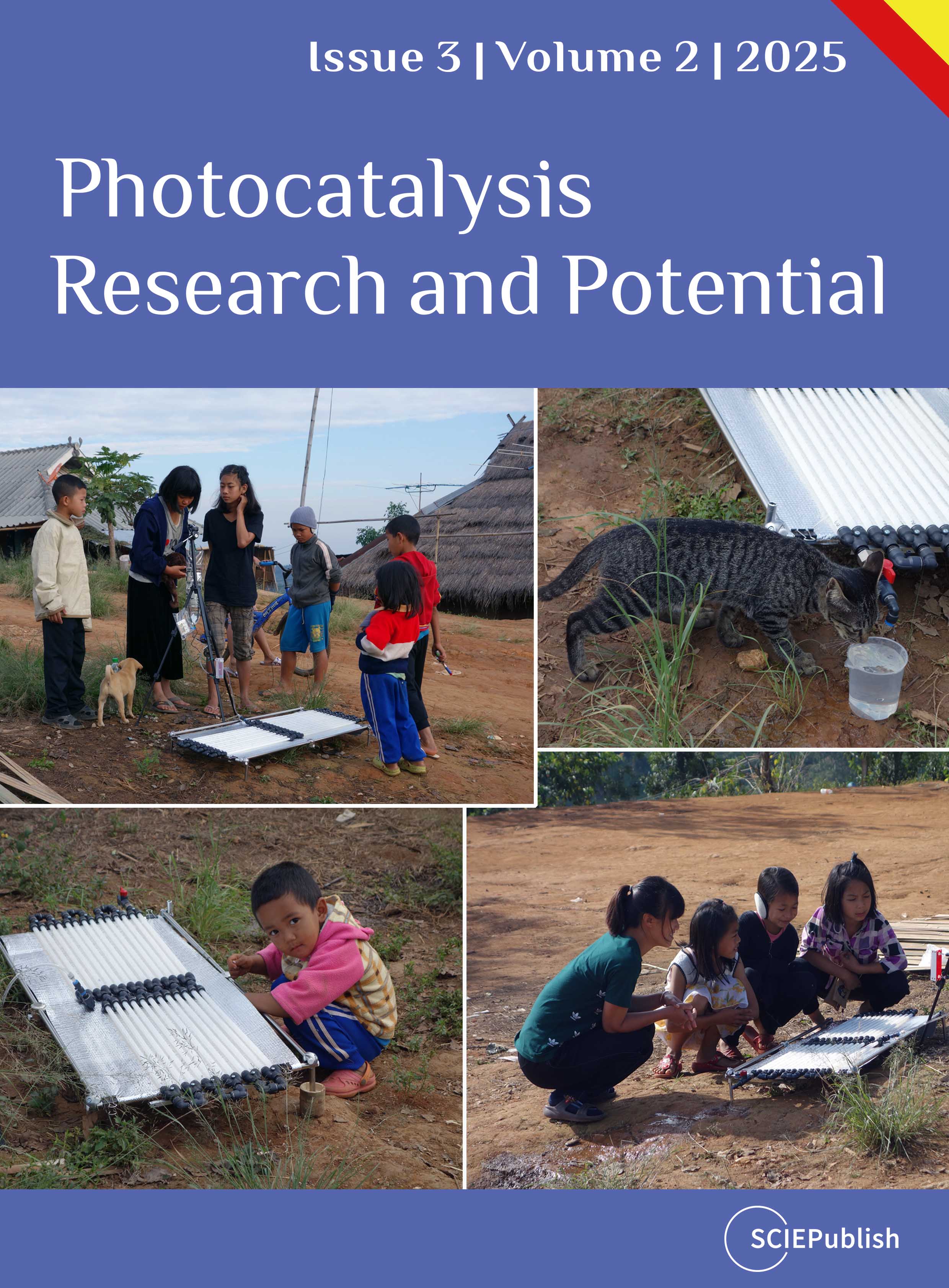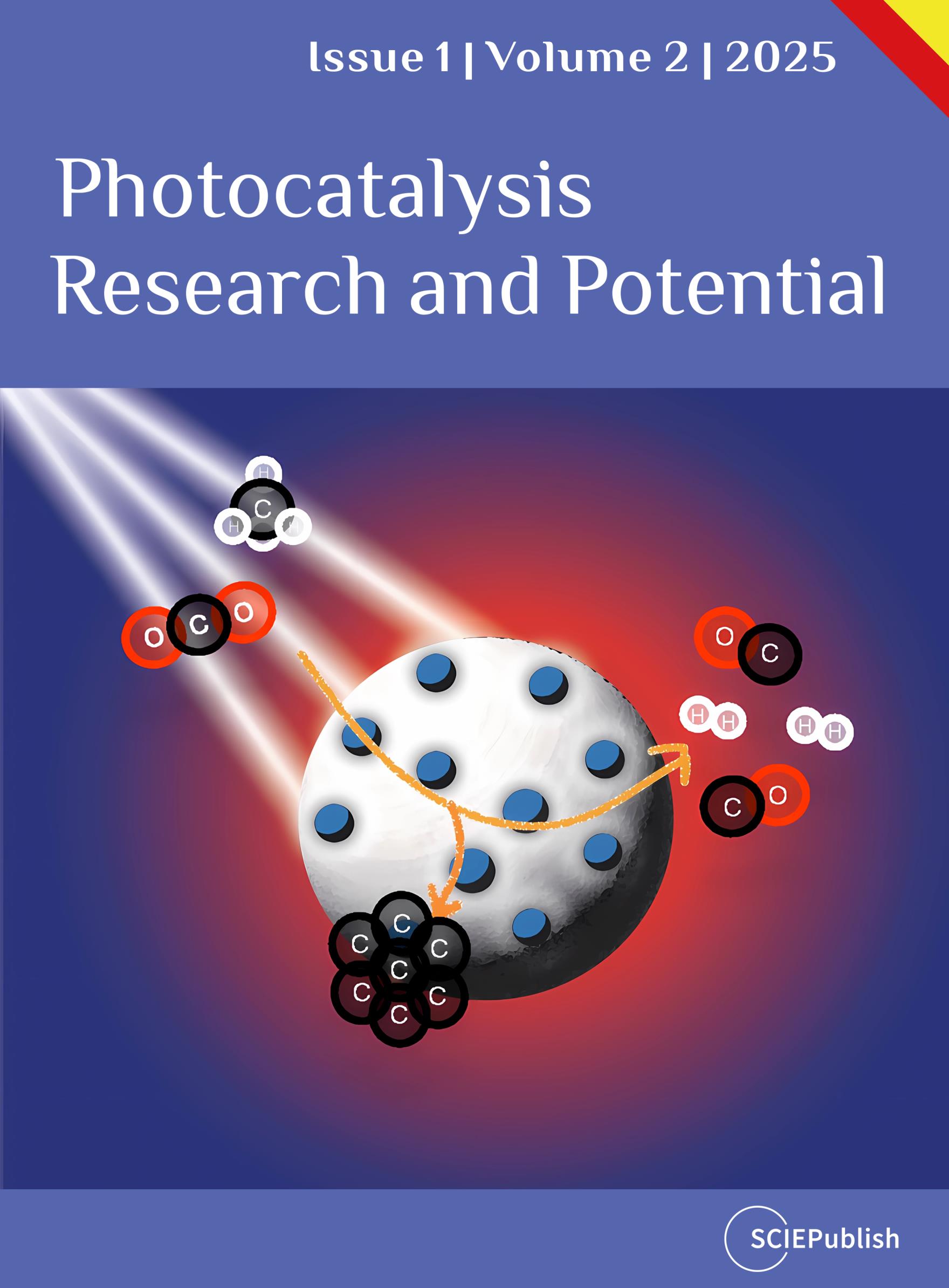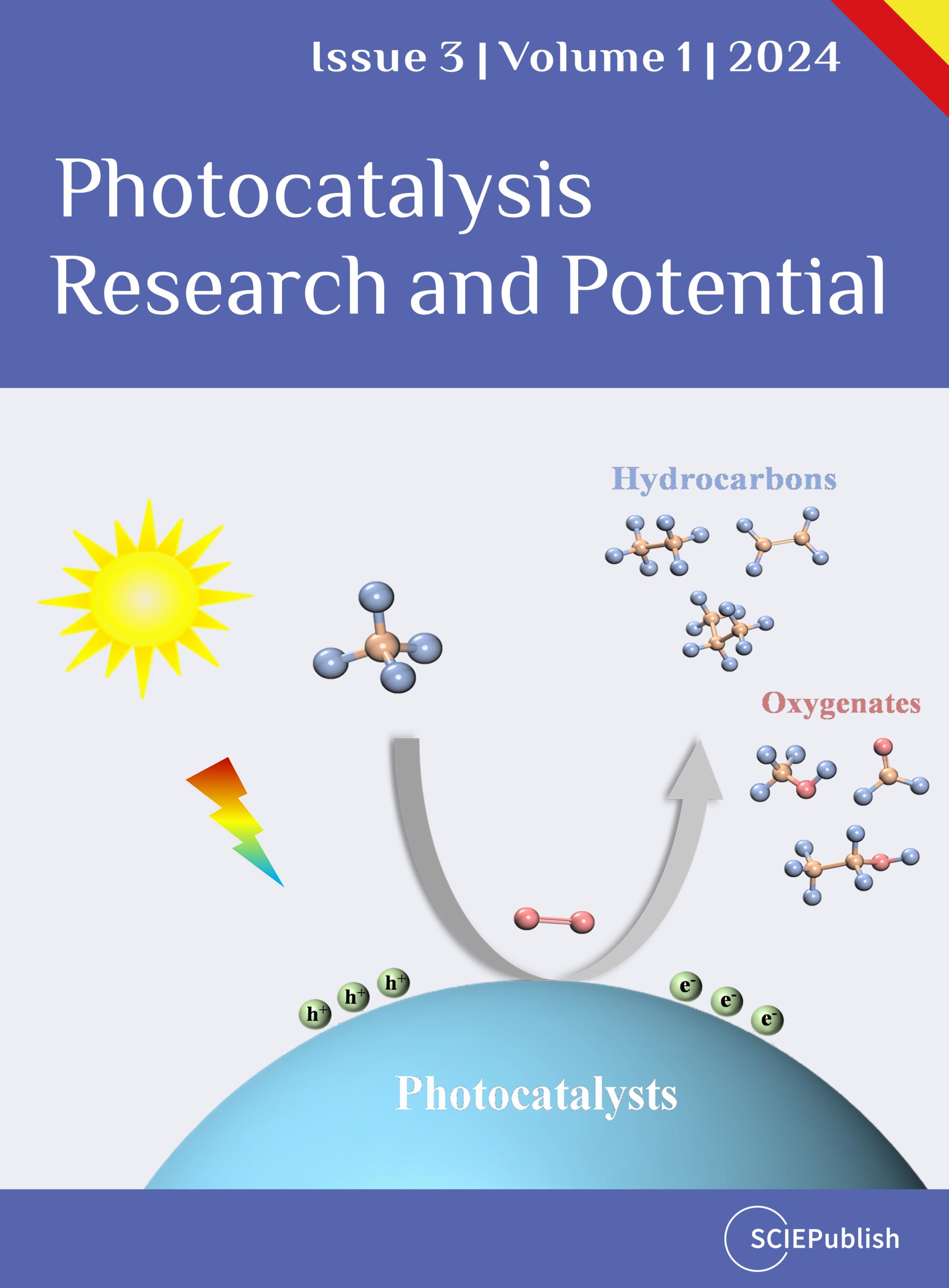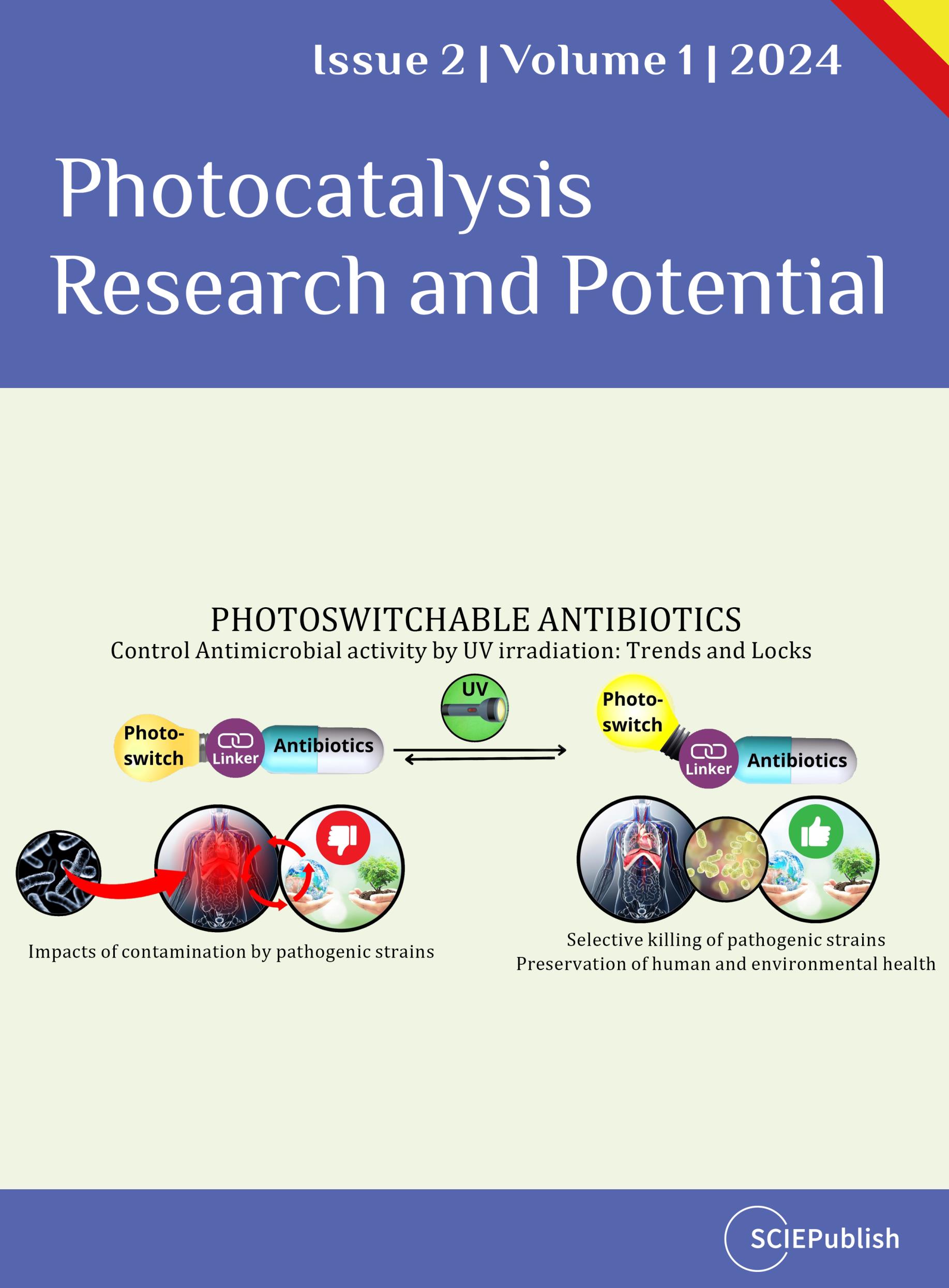Photocatalysis: Research and Potential
 Open Access
Open Access
ISSN: 2958-8782 (Online)
2958-8774 (Print)
Photocatalysis: Research and Potential is an open access, peer-reviewed and international journal covering both fundamental and application-oriented aspects of photocatalysis. The journal establishes a platform for multidisciplinary discussions to promote the understanding of materials science, chemical engineering and physical chemistry of photocatalysis, as well as the potential across the field of environment and energy. It is published quarterly online by SCIE Publishing Ltd. View full Aims&Scope
